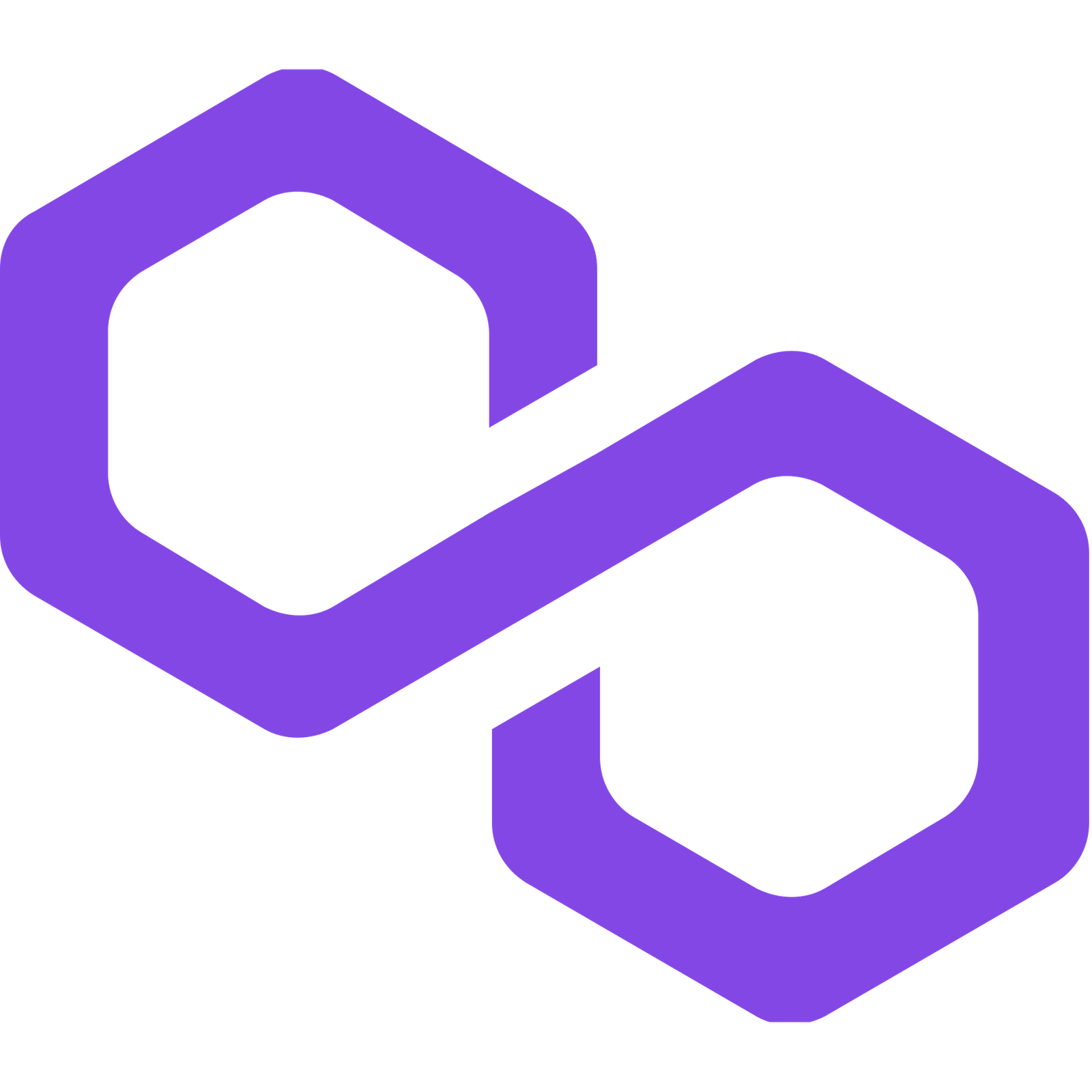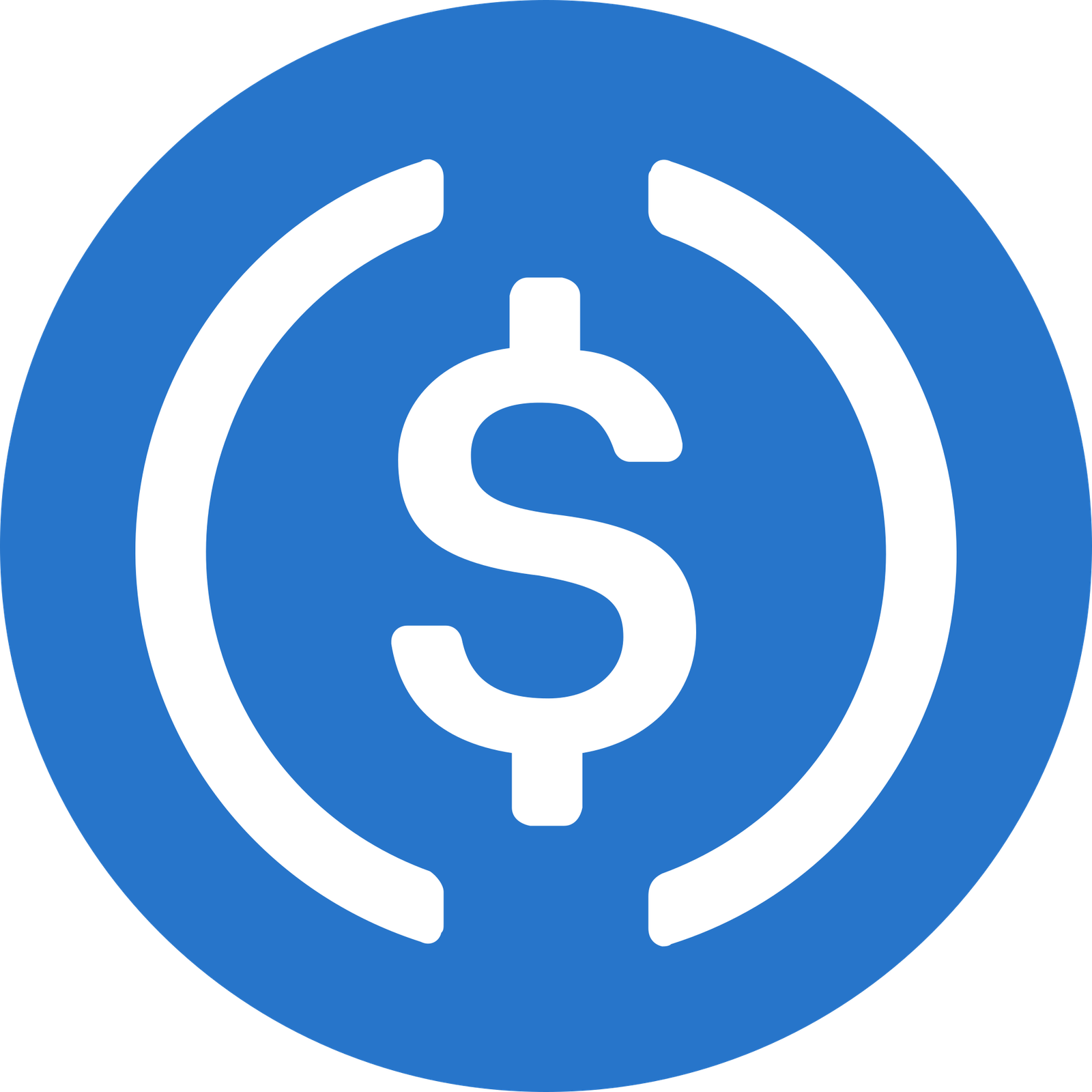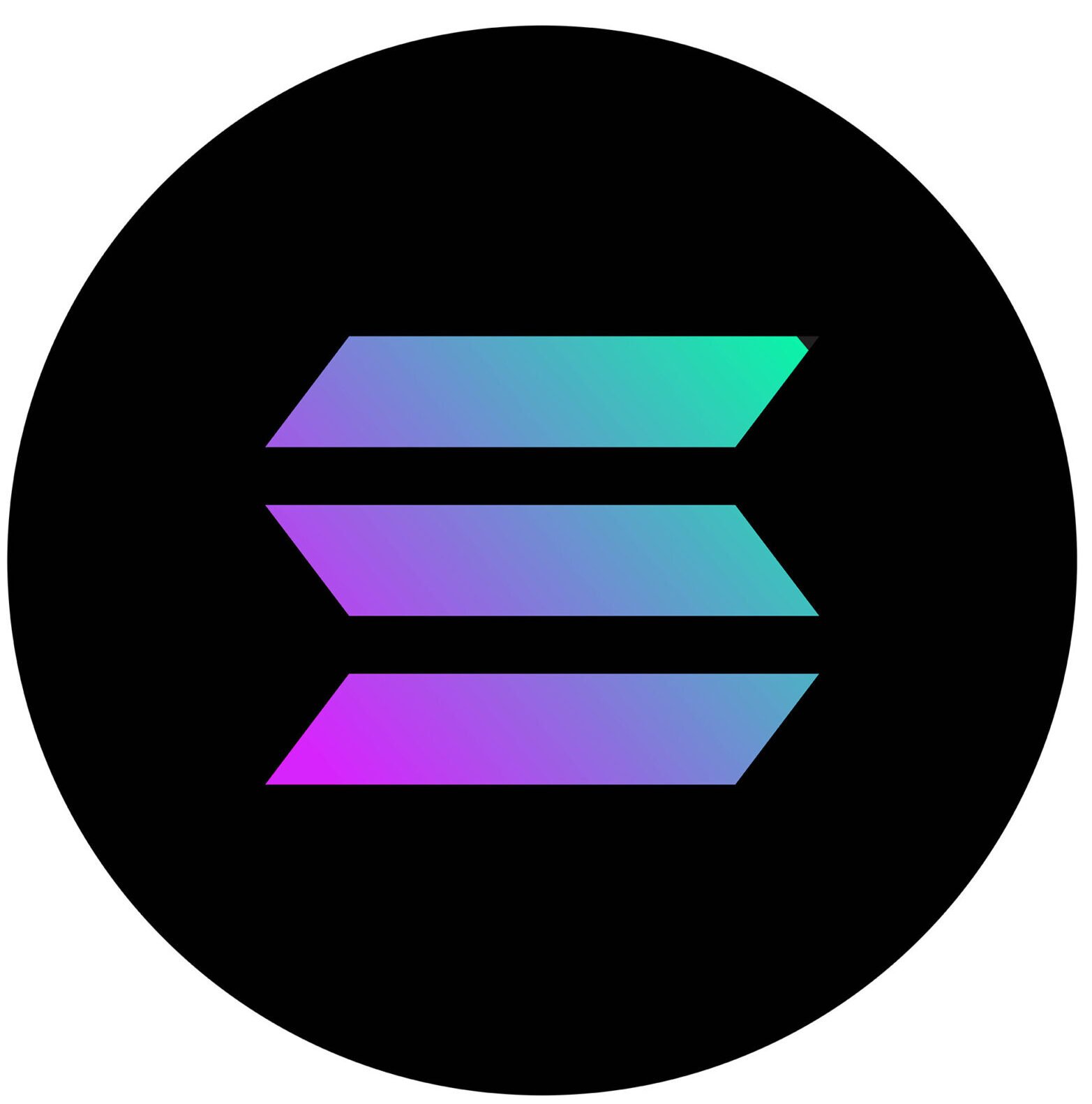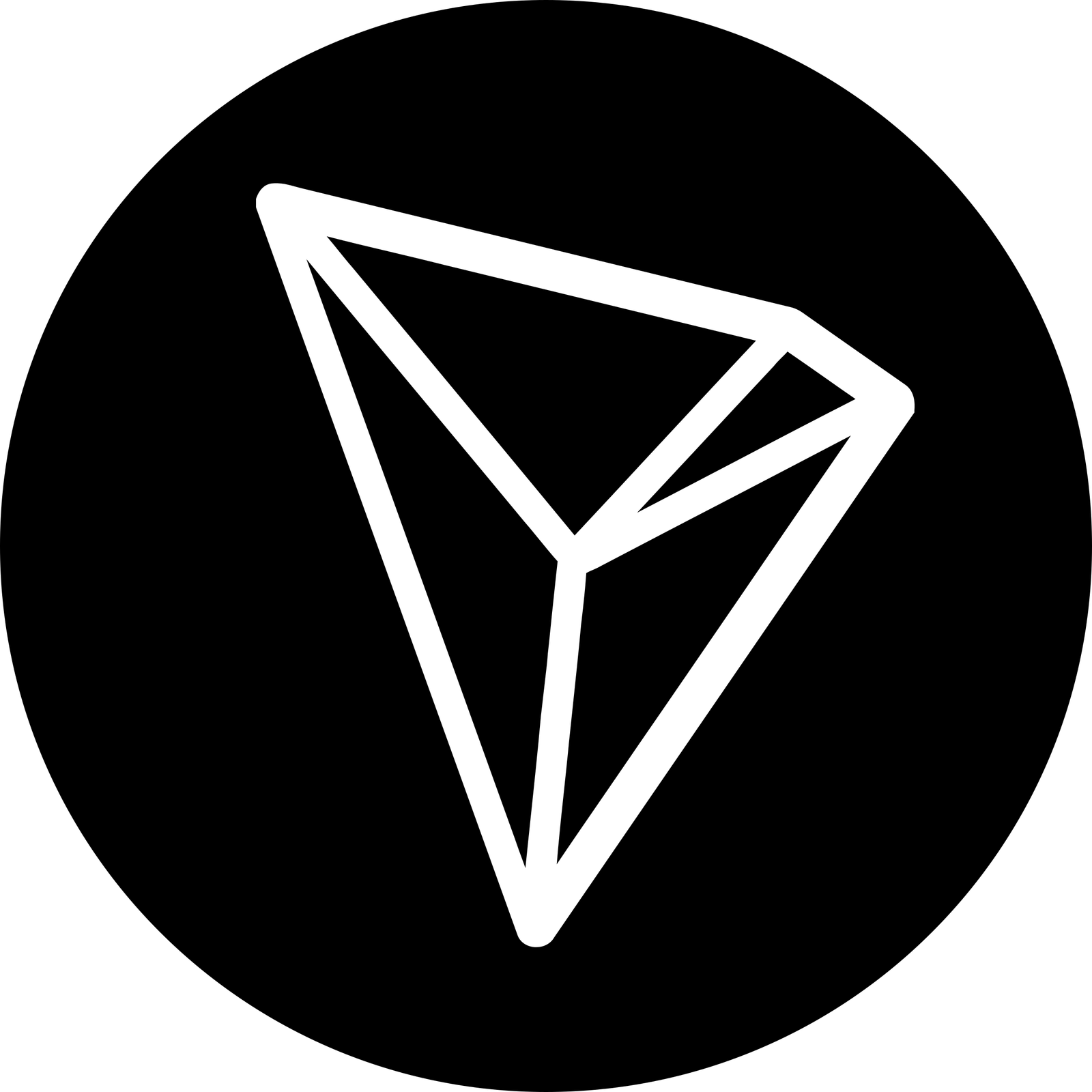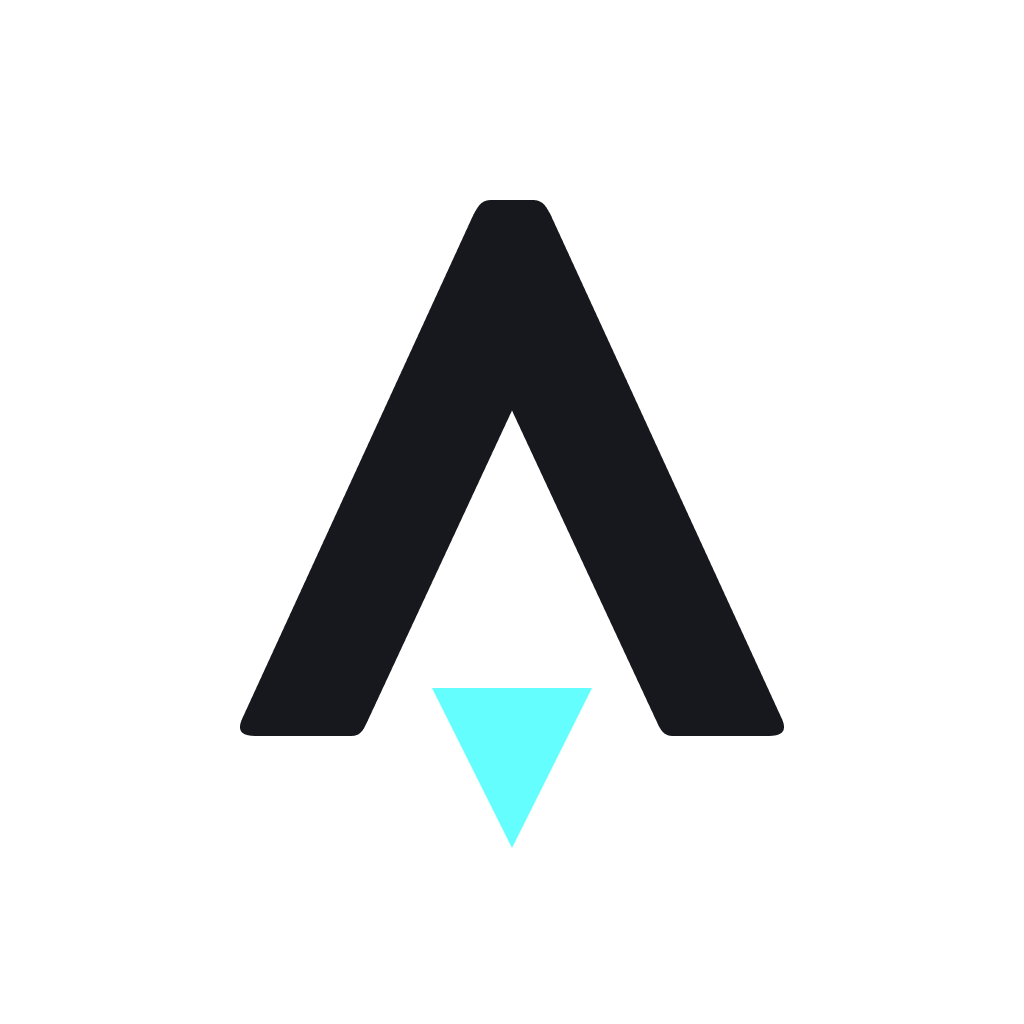Unlocking Web3: A Developer’s Guide to Innovation
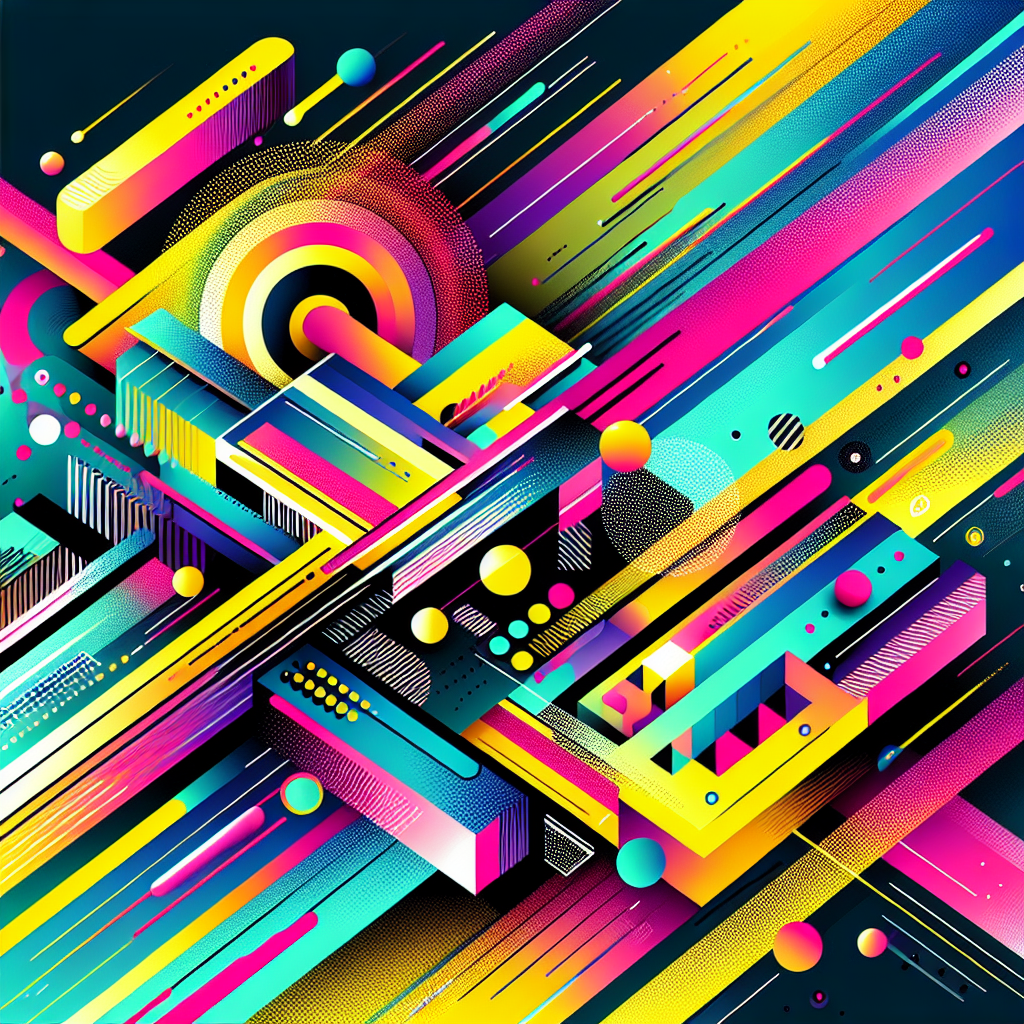
As we traverse the digital landscape, the promise of Web3 emerges as a transformative force. This next iteration of the internet intends to establish new paradigms for digital interaction, ownership, and governance, driven by blockchain technology, decentralized finance (DeFi), non-fungible tokens (NFTs), and immersive technologies like AI and VR/AR. In this article, we’ll delve into the latest trends, developments, and breakthroughs defining the Web3 ecosystem while examining its potential implications for industries ranging from gaming to finance.
Innovative Developments & Emerging Technologies
The Web3 landscape is evolving rapidly, characterized by groundbreaking advancements in blockchain protocols and decentralized applications. Notable improvements in scalability and interoperability, such as Ethereum 2.0 and Layer 2 solutions like Polygon, are making it possible for developers to build faster and more efficient applications. Platforms like CoinDesk and The Block provide timely updates on these developments, highlighting innovative projects that push the boundaries of what’s achievable in the decentralized web.
In tandem, we’re witnessing the emergence of diverse NFT applications beyond mere digital art. For instance, NFT ticketing is changing consumer access to events, while tokenized real estate is allowing fractional ownership in properties. As Ethereum ecosystem alternatives like Solana gain traction, the NFT landscape is becoming more varied, opening new avenues for creators and innovators.
Blockchain and Crypto in the Mainstream
Cryptocurrency has arguably reached a tipping point, seeping into mainstream industries. Financial institutions are exploring blockchain for secure transactions and transparent record-keeping, while retail giants are beginning to accept crypto payments. Research from CoinTelegraph indicates that companies are embedding decentralized platforms into their operation models, fundamentally reshaping user engagement and business structures.
Decentralization is fostering trust, allowing users to interact with applications audibly without intermediaries. This democratization of data presents a remarkable potential change in how companies build relationships with their customers and reframe their business strategies.
Web3 and Gaming
The synergy between Web3 and gaming is one of the most vibrant manifestations of this digital transformation. Gaming platforms like Axie Infinity and The Sandbox are paving the way for blockchain-powered games where players can truly own their in-game assets via NFTs. The gaming economy is becoming increasingly robust, giving developers new revenue streams through play-to-earn models.
Moreover, the influence of smart contracts in gaming allows for seamless transactions and distributed governance in game designs. Imagine a future where game updates can be voted on by players through decentralized autonomous organizations (DAOs), creating richer interactive experiences that evolve based on community input.
The Role of Decentralized Autonomous Organizations (DAOs)
DAOs signal a radical shift in organizational structure and governance. They empower communities to collectively manage resources and enact changes without hierarchical limitations. For instance, platforms like DAOstack are fostering environments where users can contribute to decision-making processes tied to shared goals. As these models continue to gain traction, we can anticipate new, decentralized models of leadership emerging, reshaping how organizations operate and engage with their stakeholders.
A Vision for the Future
Looking ahead, the convergence of Web3 technologies, AI, and immersive environments like the metaverse will redefine digital experiences. The metaverse’s potential to host vast, interconnected virtual worlds suggests a future where social interaction, economic transactions, and creative expression seamlessly merge. As companies like Facebook (now Meta) invest heavily in this space, the question isn’t just how these technologies will evolve, but how they will coexist.
Imagine a future where AI-generated art can be auctioned as NFTs within virtual galleries that exist in parallel with physical experiences. Consider how these innovations can empower creators, enhancing their agency and enabling them to monetize directly from their audiences. As research from platforms like Decrypt and NFT Now showcases, the possibilities are both exhilarating and boundless.
Conclusion
Web3 technologies are set to catalyze a significant transformation across various industries. From gaming to finance and creative arts, their impact is already being felt and promises to grow. As developers and innovators continue to explore this decentralized landscape, staying informed and engaged will be vital. The potential for Web3 to reshape our digital interactions and ownership paradigms is immense, and the path ahead is ripe with opportunities to innovate and redefine how we connect, collaborate, and consume.
As Web3 technologies evolve, we invite you to delve deeper into this growing ecosystem, explore emerging platforms, and participate in the decentralized revolution. Join the conversation and be part of the future of the internet tailored to empower users and creators alike.






